Hyundai Tucson: Engine Control System / Canister Close Valve (CCV)
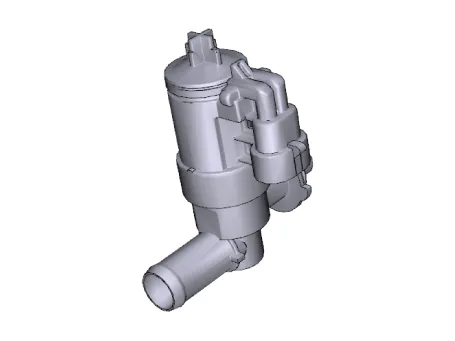
| Item | Specification |
| Pin | 2 |
| Operating Voltage (V) | 9 - 16 |
| Coil Resistance (Ω) | 19.5 - 22.5 [20°C (68°F)] |

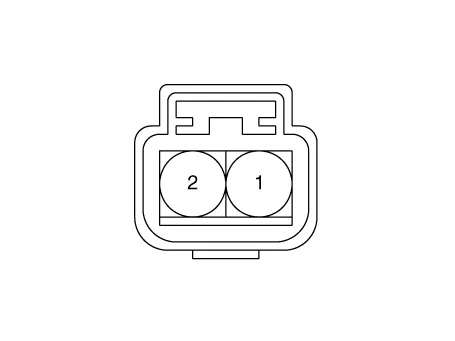
1.In the engine control system, failure can be quickly diagnosed by using the diagnosis tool.
(1)Self diagnosis : Checking failure and code number (DTC).
(2)Current data : Checking the system input/output data state.
(3)Actuation test : Checking the system operation condition.
(4)Additional function : Controlling other features including system option setting and zero point adjustment.
1.Turn the ignition switch OFF.
2.Disconnect the CCV connector.
3.Measure resistance between the CCV terminal 1 and 2.
4.Check that the resistance is within the specification.
Specification : Refer to "Specification"
5.Disconnect the vapor hose connected with the canister from the CCV.
6.Connect a vacuum pump to the nipple.
7.Ground the CCV control line and apply battery voltage to the CCV power supply line.
8.Apply vacuum and check the valve operation.
Specification : Vacuum maintained

• Be careful not to damage the parts located under the vehicle (floor under cover, canister, fuel tank) when raising the vehicle using the lift.(Refer to General Information - "Lift and Support Points")
1.Turn the ignition switch OFF and disconnect the battery (-) terminal.
2.Remove the floor under cover (A).
Tightening Torque :7.9 - 11.8 N.m (0.8 - 1.2 kgf.m, 5.8 - 8.7 lb-ft)
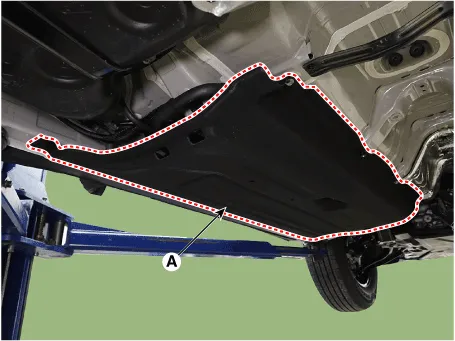
3.Separate the ventilation hose (A).
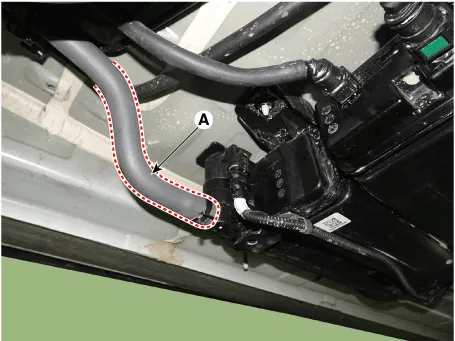
4.Disconnect the canister close valve connector (A).
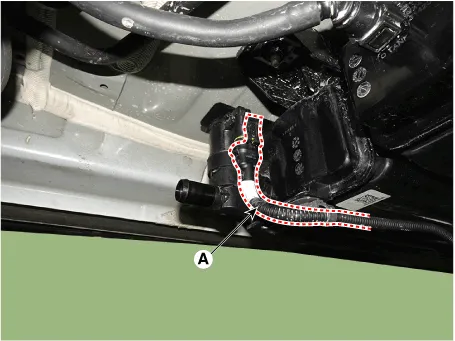
5.Lifting the fixed part (A) and then rotating CCV (B) 30 degrees in the direction of the arrow.
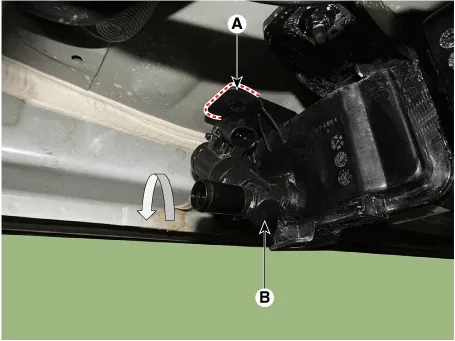
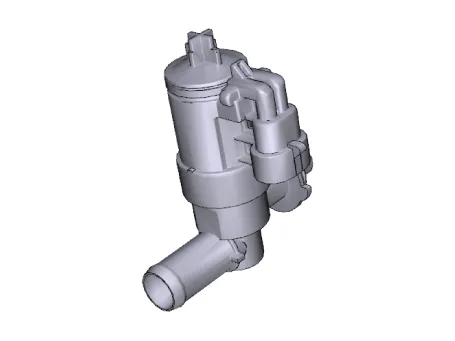

• Install the component with the specified torques.
• Note that internal damage may occur when the component is dropped. In this case, use it after inspecting.
1.Install in the reverse order of removal.
 E-CVVT Motor
E-CVVT Motor
- Description
E- CVVT (Electric Continuous Variable Valve Timing) system, located on
the intake camshaft of the engine, uses motor rotation to control the
rotation angle of camshaft relative to ...
 Electric EGR Control Valve
Electric EGR Control Valve
- Description
The Electric EGR Control Valve is installed in between the EGR cooler
and the exhaust line and is a solenoid valve. This valve controls EGR
(Exhaust Gas Recirculation) amount by t ...
Other information:
Hyundai Tucson (NX4) 2022-2026 Service Manual: Warning Indicator
- Components
1. BCW Indicator2. SVM Camera
- Inspection
1.Disconnect the negative (-) battery terminal.
2.Remove the front door trim.(Refer to Body - "Front door trim")
3.Disconnect the power door mirror connector from the harness
BCW indicator
- Removal
1.Disconnect the n ...
Hyundai Tucson (NX4) 2022-2026 Service Manual: Troubleshooting
- Troubleshooting
• Be careful not to short-circuit the wiring by the body or other wirings.
• In case of discharging problem, measure dark current at all times.(Charging System - "Dark Current Inspection")
• When checking the alternator main fuse, perform continui ...
